Book a trip to Galapagos
The Galápagos Islands, an archipelago of volcanic islands located in the Pacific Ocean, is a destination like no other.
Galapagos Visit
Renowned for their unique biodiversity and their role in Charles Darwin’s theory of evolution, these islands are a haven for eco-tourists. All thanks to its abundant wildlife all found on both land and surrounding waters.
From diving and snorkeling alongside sea lions at Santiago Island to exploring Darwin’s Trail and admiring Sierra Negra Volcanos on Isabela Island, Galapagos Islands Travel will consistently surpass the expectations of wildlife enthusiasts and nature lovers alike.
And, no matter how wild your animal encounter expectations are, it’s all going to be fulfilled in Galapagos Islands. And, when we say this, we mean it! It’s a place where lizards are seen taking steps on water, birds more often walk the land, and finches, flamingos, and iguanas are a common sight.
Now that we have introduced the amazing destination, now let’s take you through five compelling reasons why you should Visit Galapagos Islands on your next holidays.
SANTA CRUZ
SAN CRISTOBAL
ISABELA ISLAND
BALTRA ISLAND
FLOREANA ISLAND
SANTA FE
BARTOLOMÉ ISLAND
ESPAÑOLA
Galapagos Wildlife
The Galápagos Islands are home to an astonishing array of endemic species. Many of them cannot be found anywhere else on the planet.
From the iconic giant tortoises and marine iguanas to the playful Galápagos sea lions and blue-footed boobies, the islands boast a wealth of fascinating creatures that are enough to captivate your imagination. The archipelago’s isolation has allowed these species to evolve in unique ways. Thus, making the Galápagos a living laboratory of evolution and a true natural wonder.

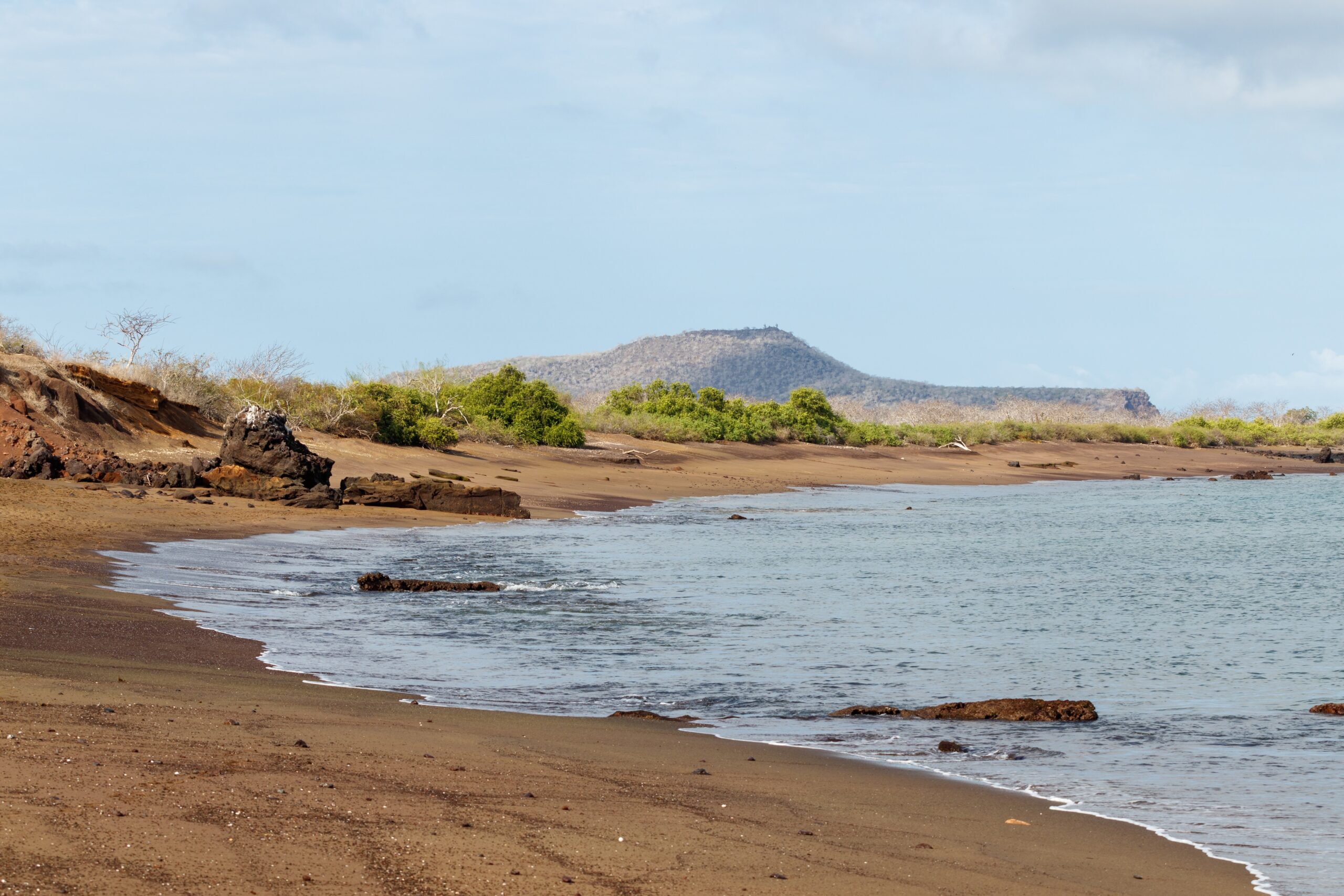
Galapagos Landscapes
The Galápagos Islands offer a diverse range of landscapes. These range from rugged volcanic terrain and lush green highlands to pristine beaches and crystal-clear waters. The islands’ varied geology creates a stunning visual contrast, providing the perfect backdrop for your exploration.
Galapagos Snorkeling & Diving
The Galápagos Marine Reserve, one of the world’s largest protected marine areas, is a treasure trove of underwater wonders. With its warm, nutrient-rich waters, the reserve attracts an abundance of marine life. These include sea turtles, rays, and more than 400 species of fish. Either dive or snorkel among playful sea lions, graceful hammerhead sharks, and colorful tropical fish, or explore the unique marine ecosystems surrounding the islands’ volcanic formations.
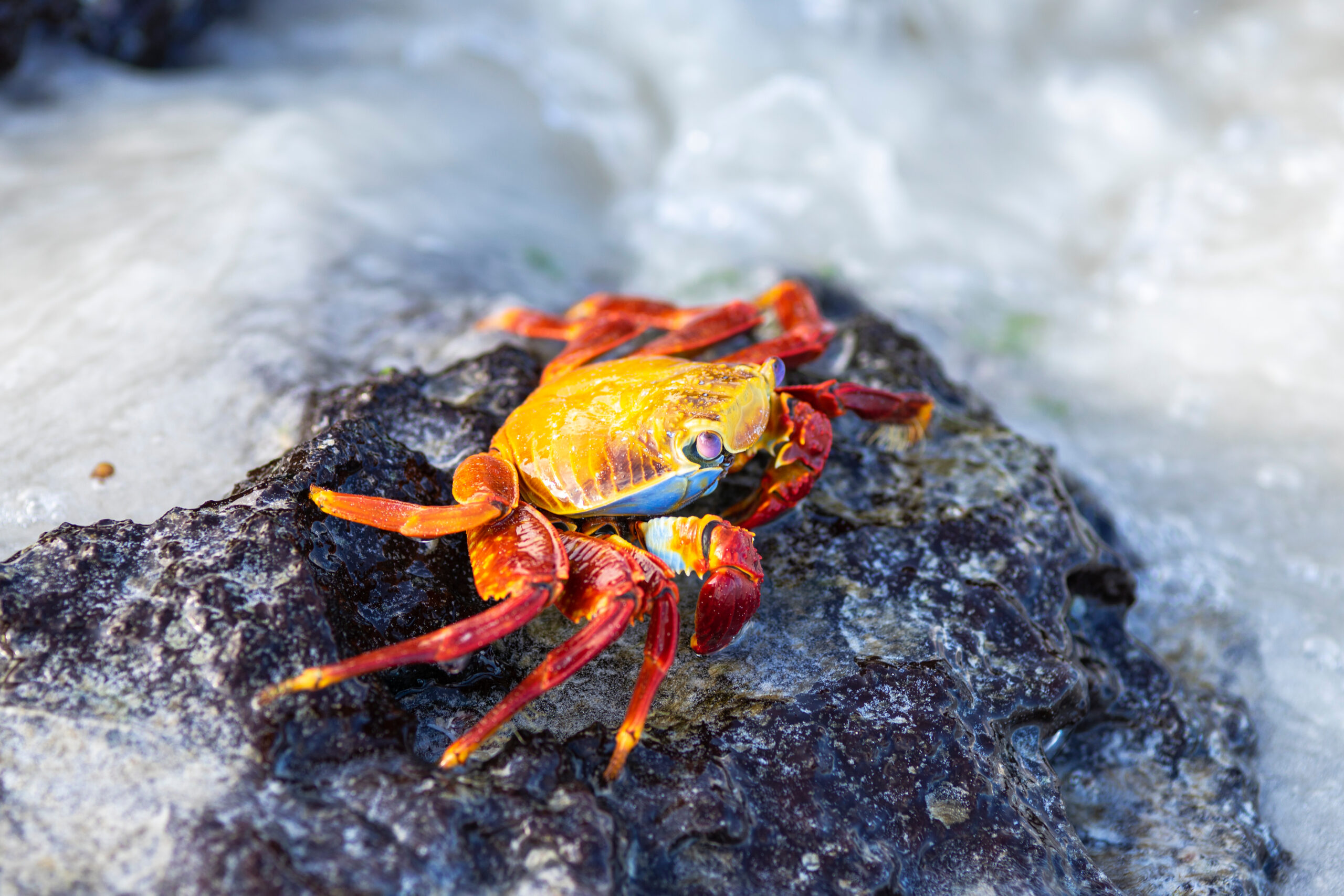
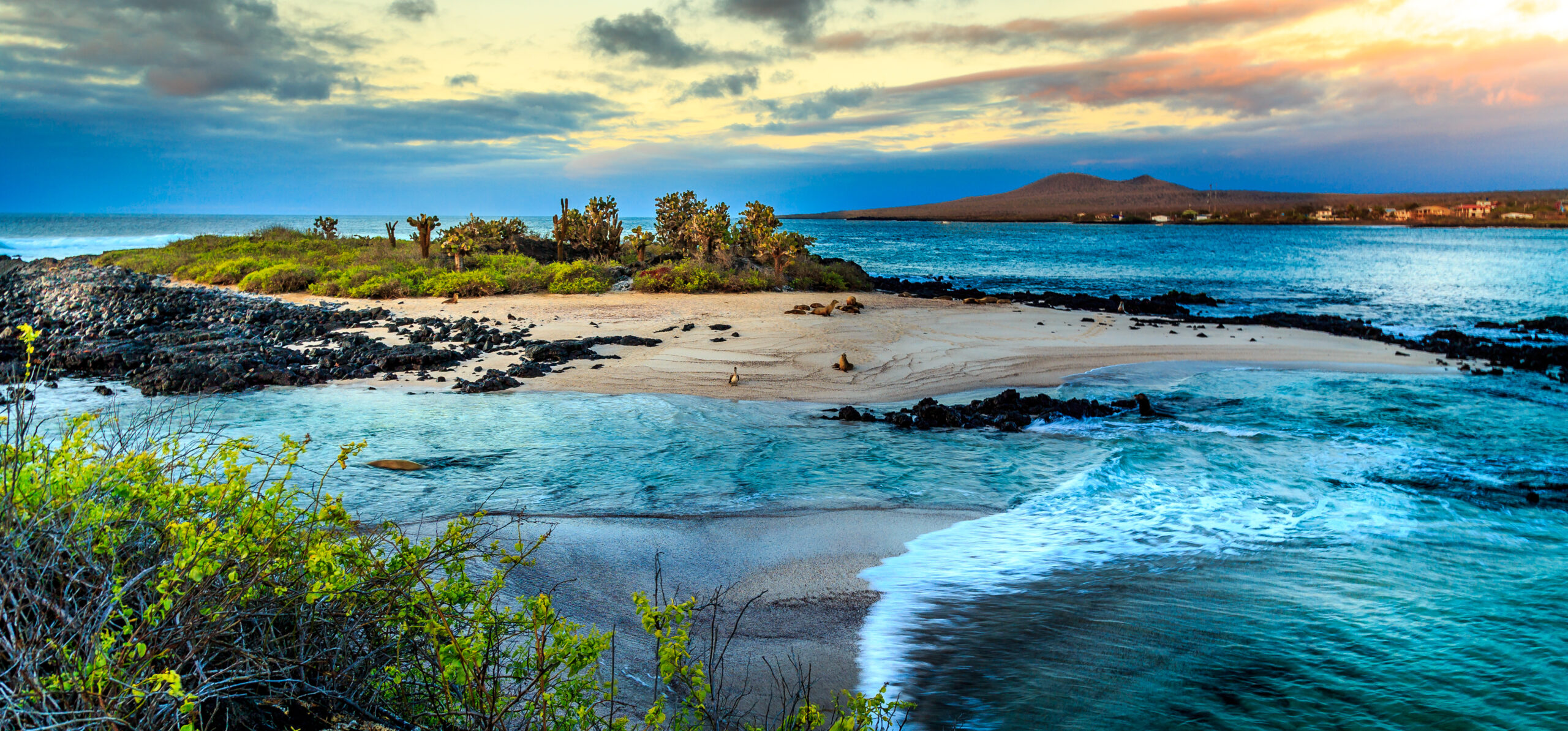
Galapagos Tourism
In recent years, the Ecuadorian government and local authorities have made significant efforts to promote responsible and sustainable tourism in the Galápagos Islands. Strict regulations are in place to protect the islands’ unique ecosystems and to minimize the impact of tourism on local wildlife. By choosing to visit the Galápagos only, you will be supporting these conservation efforts and contributing to the preservation of this natural paradise for future generations.
Hope you find these reasons intriguing enough to plan your next trip to the most prominent Ecuador attractions-Galapagos Islands. If not, we suggest getting some idea about Darwin’s theory of evolution that has made the islands so famous among conservationists. Visiting the island will and witnessing its fascinating array of flora and fauna will leave you with more appreciation for the wonders of our planet.
Galapagos Travel FAQs
WHERE ARE THE GALAPAGOS ISLANDS LOCATED?
The Galapagos Islands are an archipelago situated approximately 600 miles off the coast of Ecuador in the Pacific Ocean.
HOW DO I GET TO THE GALAPAGOS ISLANDS?
To reach the Galapagos Islands, you’ll typically fly into mainland Ecuador (either Quito or Guayaquil) and then take a domestic flight to one of the two main airports in the archipelago- Baltra Island or San Cristobal Island.
WHAT KIND OF ACCOMMODATIONS ARE AVAILABLE IN THE GALAPAGOS ISLANDS?
Accommodation options in the Galapagos Islands range from luxury hotels and eco-lodges to budget-friendly hostels and guesthouses. Many visitors also choose to stay on liveaboard boats or take part in cruise tours, which allow for greater exploration of the archipelago.
WHAT WILDLIFE CAN I EXPECT TO SEE IN THE GALAPAGOS ISLANDS?
The Galapagos Islands are famous for their unique and diverse wildlife, including giant tortoises, marine iguanas, sea lions, blue-footed boobies, and various species of Darwin’s finches. The specific animals you encounter may vary depending on the season and the islands you visit.
IS THERE AN ENTRANCE FEE FOR THE GALAPAGOS NATIONAL PARK?
Yes, there is an entrance fee for the Galapagos National Park, which is currently $100 for adult international visitors and $50 for children under 12 years. This fee is used to fund conservation efforts within the park.
WHAT IS THE BEST TIME TO VISIT THE GALAPAGOS ISLANDS?
The Galapagos Islands can be visited year-round, with two primary seasons: the warm, wet season (January to June) and the cooler, dry season (July to December). Each season offers different wildlife experiences and weather conditions, so your preferred time to visit may depend on your interests.
DO I NEED A VISA TO VISIT THE GALAPAGOS ISLANDS?
As the Galapagos Islands are part of Ecuador, the visa requirements are the same as for mainland Ecuador. Many nationalities, including US, Canadian, and EU citizens, do not require a visa for stays of up to 90 days. However, it’s essential to check the specific requirements for your nationality before traveling.
DO I NEED A GUIDE TO EXPLORE THE GALAPAGOS ISLANDS?
Within the Galapagos National Park, you are required to be accompanied by a certified naturalist guide. Most organized tours, cruises, and live boards will provide a guide as part of their package.
WHAT ACTIVITIES CAN I DO IN THE GALAPAGOS ISLANDS?
Popular activities in the Galapagos Islands include wildlife watching, snorkeling, scuba diving, hiking, birdwatching, and kayaking. Many of these activities are offered as part of organized tours and cruises.
WHAT SHOULD I PACK FOR MY GALAPAGOS ISLANDS TRIP?
Essential items to pack for the Galapagos Islands include lightweight, breathable clothing, sturdy footwear, sunscreen, a hat, a reusable water bottle, a dry bag, a waterproof camera or phone case, and snorkeling gear if you plan to snorkel. Additionally, binoculars are recommended for wildlife viewing.
Galapagos Travel Tips
Hear from our travelers
We team up with the best to give you an unmatchable experience.
From the mountain view to the accommodation, flight booking, and everything associated with the vacation, Good Earth Expedition had an excellent team, and we sure had the best vacation experience.
Mathew Flunum
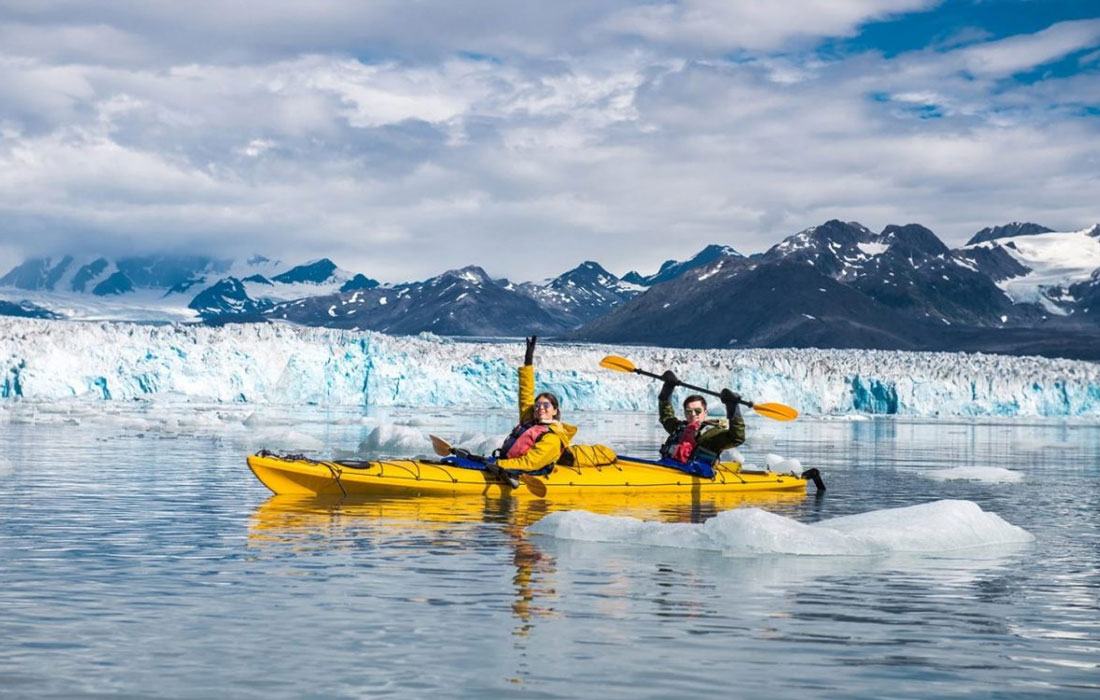
AT GOOD EARTH EXPEDITION, WE GO WILD WORLD WIDE
From the mountain view to the accommodation, flight booking, and everything associated with the vacation, Good Earth Expedition had an excellent team, and we sure had the best vacation experience.
Mathew Flunum
The Good Earth Expedition was impressive with their destination ideas, and there were just amazing people.
Germain

PERFECTLY PLANNED AND EXECUTED BY CONSEA
The Good Earth Expedition was impressive with their destination ideas, and there were just amazing people.
Germain
From the Tanzania budget Safari to the Wildlife photography and Alaskan Wilderness, the trip was carefully planned by Good Earth Expeditions.
John Boxler
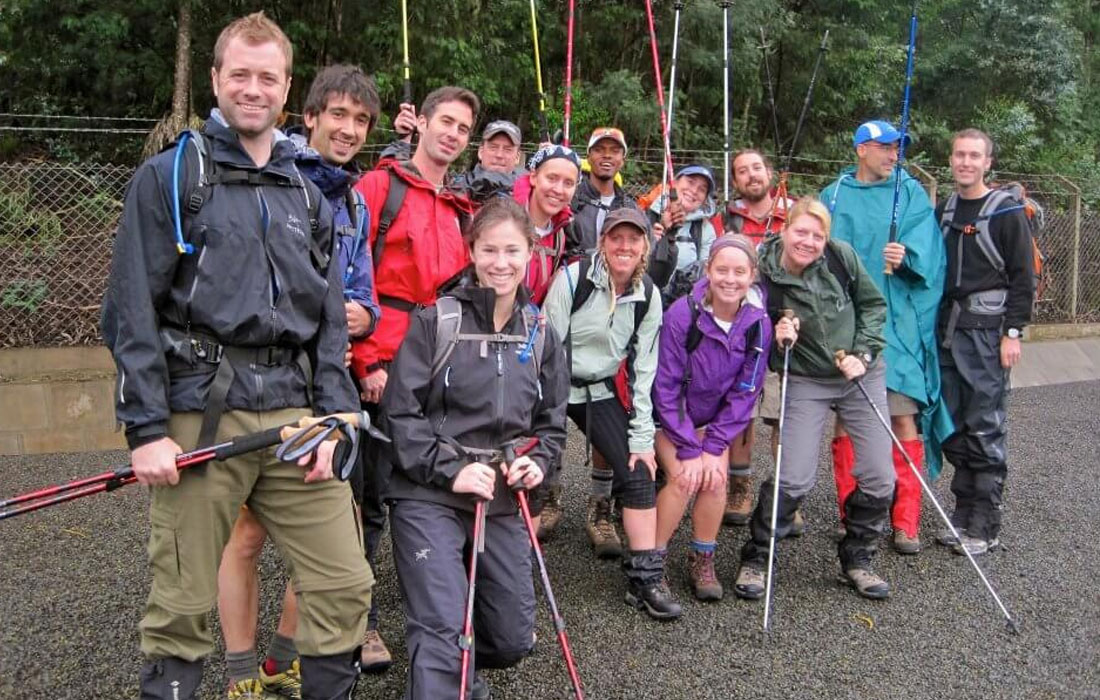
CONSEA, PROVIDED ALL THE VALUABLE INFORMATION
From the Tanzania budget Safari to the Wildlife photography and Alaskan Wilderness, the trip was carefully planned by Good Earth Expeditions.
John Boxler
Excellent trip covering several tourist sites in Northeastern Tanzania. Good hotels and accommodations, plus a friendly and competent team from Good Earth Expeditions.
Brian J Mangereli

EXCELLENT TRIP COVERING SEVERAL TOURIST
Excellent trip covering several tourist sites in Northeastern Tanzania. Good hotels and accommodations, plus a friendly and competent team from Good Earth Expeditions.
